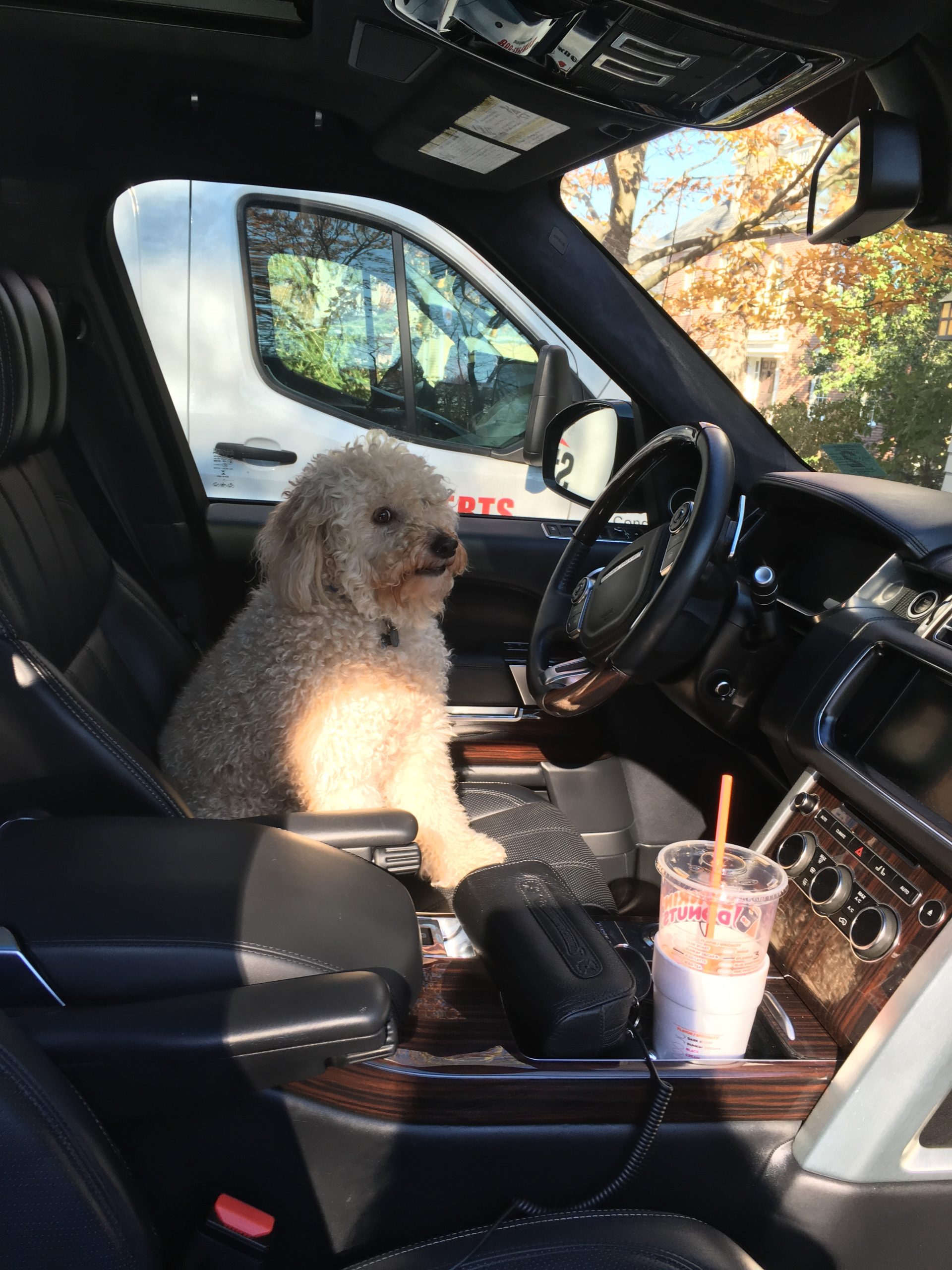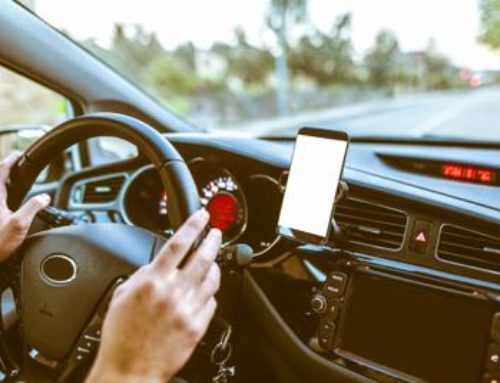Are you prepared if your car breaks down? There are lots of variables and things to consider when it comes to road and vehicle safety. The car or truck you drive is more than just a means of transportation. It’s a big piece of technology and unfortunately, technology can malfunction. Finding yourself stranded with a broken-down car is an experience that all drivers hope to avoid. If you find yourself in this unfortunate situation, it is important to remain as safe as possible and to keep calm while you work toward a solution. Vehicle breakdowns are bad enough without the added stress of being unsure what to do if you experience one. Hopefully, it never happens, but if it does, having a reaction plan and knowing how to stay safe are important.
At Schulze Law, we know how stressful accidents and car trouble can be. Life changes without a moment’s notice. At Schulze Law, we know the importance of constant contact and availability. We are here for you 24/7. CALL NOW: 857-300-5300 Emergency After Hours Number: 800-894-9267 XLAW1 (5291). We can help answer any questions and navigate you through any complex car accident/issue.
Fast facts on car breakdowns:
- Breakdowns are happening more than ever. AAA rescued a record-breaking 32 million drivers in 2015, with more battery, flat tire, and key problems than ever before.
- The most common cause of a breakdown is either a faulty or a flat battery, especially during the winter.
- AAA has found that 4 in 10 U.S. drivers are not ready to deal with typical roadside emergency breakdowns.
Luckily, the most common causes of roadside breakdowns are relatively easy to fix. But unlucky, breakdowns are still stressful and can be dangerous if you’re not prepared or don’t know what to do. You can prepare, minimize stress and stay calm by keeping the following guidelines in mind and being ready for breakdowns before they happen.
As AAA suggests, your surroundings, traffic patterns and vehicle hazards vary, so it’s impossible to establish rigid rules for all conditions. That’s why it’s important for you to continually monitor and evaluate your own situation and become familiar with some general suggestions and guidelines.
Here are a few tips about safely navigating your way through a breakdown:
Prepare
According to Nationwide.com, consider keeping the following items in your car:
- Cell phone with charger
- Extra medications
- Vehicle operating manual
- Emergency service info, such as phone numbers
- Flashlight and extra batteries (these should be checked often)
- Drinking water and preserved food
- Jumper cables
- Tire-pressure gauge
- Reflectors or flares
- Signal flag or reflective vest or scarf
- Windshield-washer fluid and wiping cloth
- Coolant
- Fire extinguisher
- Ice scraper, snow brush, snow shovel and cat litter, in lieu of sand, where needed
- Heavy gloves
- Thermal or safety blanket
- A chemical heat source such as hand warmers
- Candles and waterproof matches
- Jack and a flat board for soft surfaces
- Lug wrench for changing flats
- Toolkit with screwdriver, pliers, duct tape and adjustable wrench
- Umbrella
- Extra fuses and fan/alternator belt
- First-aid kit
- spare tire
Keep Up with Regular Maintenance
Take care of your car and your car will take care of you! Prevention is the best way to avoid car trouble before it’s too late. Keep your car’s maintenance up to date by booking regular service appointments. Keeping up on your routine car maintenance services will increase your safety while on the road. It will prevent parts from breaking and larger issues from occurring. If you take care of your car and check the systems that might develop problems, you will take away the risk of dealing with a malfunctioning car.
Inspect Your Vehicle Regularly
Car inspections are considered preventative maintenance and will help with safety. Car inspections are recommended twice annually. But it’s also important to have an inspection prior to heading out on a road trip, after an accident and before purchasing a used car. You can also make sure your vehicle has no safety recalls on the National Highway Traffic Safety Administration (NHTSA) website.
During a Breakdown
Brake with Caution
Don’t slam on the brakes. Don’t crank the steering wheel. Instead, slowly take your foot off the gas and decelerate. If your car is functional enough to maneuver, guide it off the road. The last thing you need is to be rear-ended or deal with the stress of angry drivers honking their horns.
Exit the Highway
If possible, exit the highway and find a parking lot or other open area free of traffic. If an exit isn’t close, or the degree of vehicle damage impacts your ability to maneuver, determine the best possible alternative.
Avoid the left side of the road, which exposes you to the fast-moving traffic in the passing lane. Instead, pull onto the “breakdown lane” on the right. Look for wider shoulders and straightaways. Avoid pulling off on bridges or along sharp curves.
According to AAA.com:
Note your vehicle’s location. If you encounter a problem while driving, make sure you are aware of your surroundings and general location.
Assess your vehicle’s operating problem. While driving, be aware of and know how to respond to warning signs.
If you get out of your vehicle, proceed carefully and watch for oncoming traffic, especially at night or in bad weather, when visibility is limited.
Never stand behind or directly in front of your vehicle. Other roadway users may have trouble seeing you, and you could be struck by another vehicle.
Alert other motorists. Make sure your vehicle is visible to other motorists. Remember they may be traveling at a high rate of speed and must be able to see your vehicle from a great distance to stop or move to another lane.
- Turn on the emergency flashers
- Raise your vehicle’s hood
- Place flares or warning triangles to direct oncoming traffic away from your vehicle
Communicate your situation. Once you and any passengers are in a safe location, you can notify others of your vehicle break-down. If you have a cell phone, immediately use it to call for help.
Remain with your vehicle. Safety experts agree that under most circumstances if you can pull away from traffic, it is safest to remain in your vehicle until a law enforcement officer or road service provider arrives.
- Always be mindful of your surroundings
- In some circumstances, when there is no other alternative, you may need to rely on the help of a friendly motorist or passerby
- If you choose to exit the vehicle, do so safely and well away from oncoming traffic and your vehicle
- If you determine help is within walking distance, think about whether it’s safe to leave your vehicle or passengers for a short period of time
- If you choose to stay inside your vehicle, keep the windows almost closed and the doors locked
Calling for help
When you are safe, call for help.
- If you have a roadside assistance provider, give them a call.
- If you don’t have a provider, call for a tow truck if you need further assistance, or call 911 if it is an emergency.
- If you don’t have a cellphone, hang a white cloth or piece of paper out of your window and wait for the highway patrol.
- If you are driving alone at night, be careful about accepting help from strangers, and stay inside your car if you can. Make sure your doors are locked and your windows are up.
Know your rights and responsibilities. It’s your responsibility to understand what services your emergency road service or insurance policy will cover. Breakdowns are never fun, but with the proper preparation and safety plan, it will be much less painful.
https://www.firestonecompleteautocare.com/
https://www.aarp.org/






